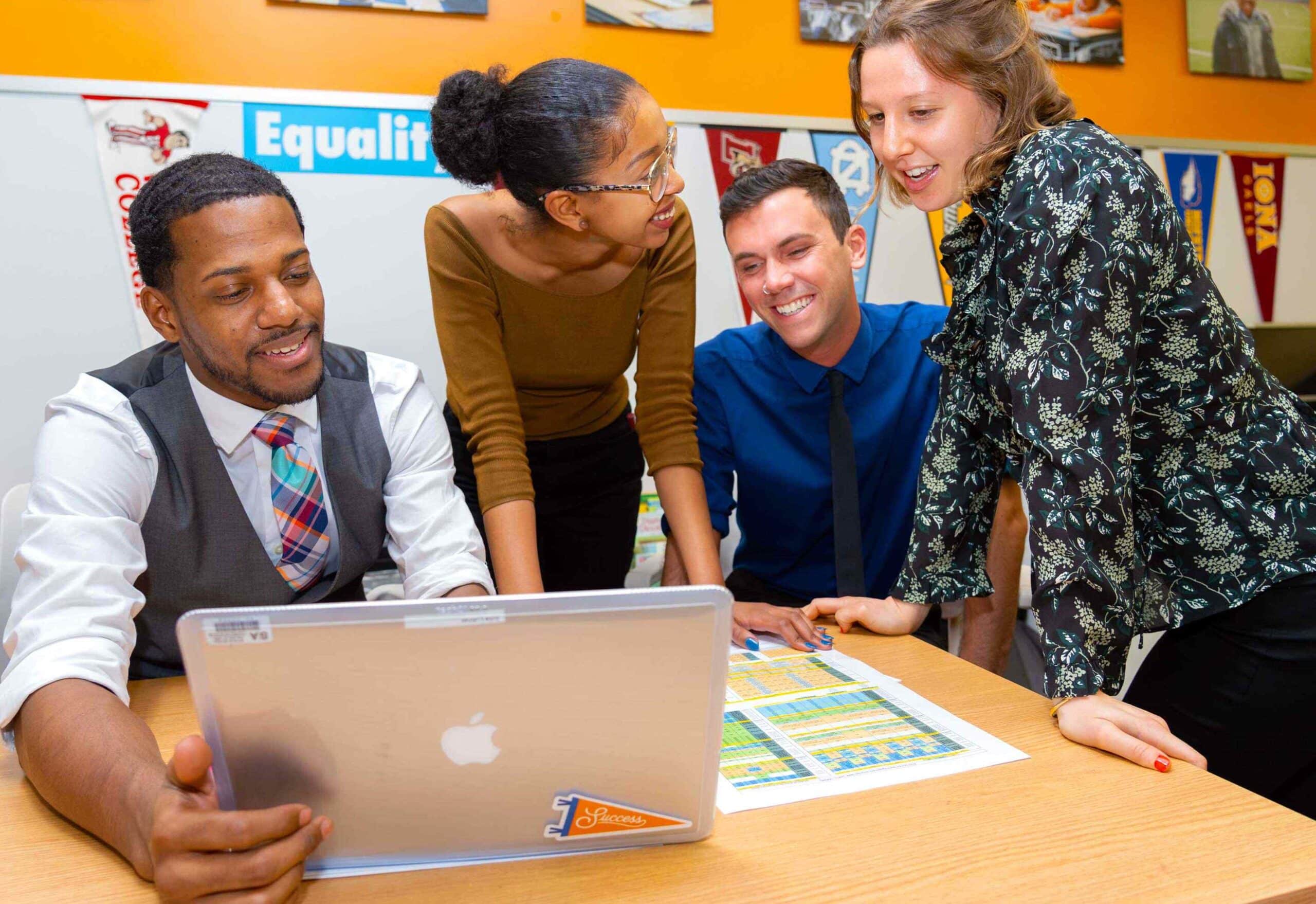
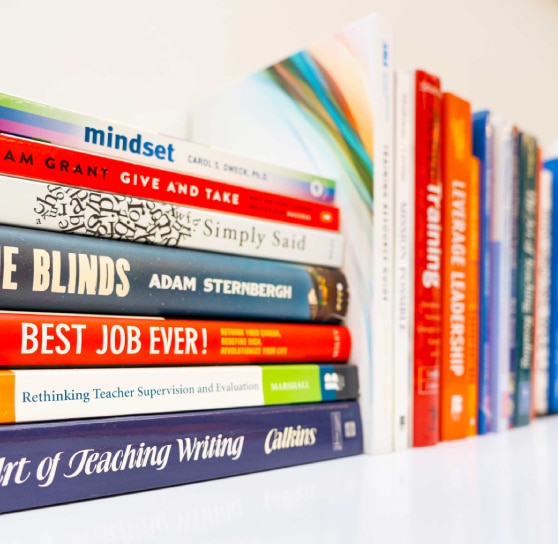

Success Academy’s unique commitment to science starts in kindergarten. We strive to cultivate a passion for the sciences early in life, build a comprehensive foundation of knowledge, and teach students to investigate and analyze real-world problems. Our vision of science relies on two related commitments: mastery of a substantive body of scientific knowledge and an inquiry-based approach to accumulating this knowledge. Equipping students with a firm grasp of scientific concepts is central to our model, and students must understand that these concepts aren’t simply plucked from the air, but rather arrived at through scientific thinking and experimentation. To that end, our scholars do science to understand that scientific knowledge comes from posing questions, designing experiments, gathering data, and drawing conclusions. Rather than viewing scientific knowledge as etched in stone, they come to understand that ideas about the world change with new evidence. In addition, our program incorporates The Next Generation Science Standards (NGSS) and the BSCS 5E Instructional Model.
We believe excellent science classrooms are ones in which students experience curiosity and joy, and make connections between classroom science and the natural world around them. Embedded in our program is the belief that struggle and student-led inquiry are inherent to the mastery process. Through our progressive approach to learning, students realize that unexpected results do not signal failure, but instead present valuable opportunities for new questions.
Through our science program, students learn that science and engineering are creative and exciting fields. They discover that there are countless, fascinating scientific questions to be asked and engineering challenges to be solved—and will be inspired and equipped to seek out answers and solutions. No matter what path students choose to pursue in life, the SA science program will spark curiosity, sharpen problem-solving capabilities, and fuel passion for knowledge.
The best questions point to and highlight the big ideas. They serve as doorways through which learners explore the key concepts, themes, theories, issues, and problems that reside within the content, perhaps as yet unseen: it is through the process of actively “interrogating” the content through provocative questions that students deepen their understanding.1
Use the essential question to drive the unveiling and mastery of ideas, and ground the unit in an overarching purpose, often as a storyline. Mentioning the essential question or having students answer it at the end of some lessons does not mean the teacher is using it purposefully.
1 From Wiggins, G., & McTighe, J. (2005). Understanding by design. Alexandria, VA: Association for Supervision and Curriculum Development.
Essential Question: What do we need to consider to build the fastest racetrack?
Why This Unit?
Living on Earth means forces are constantly acting on us—both seen and unseen. Forces can be as large as the pull of the Sun on our planet or as small as the pull of a nucleus on an electron. Forces are a part of our everyday lives, from kicking a soccer ball to picking up a pencil to write. In this unit, scholars will build their understanding of forces as they prepare for their final challenge: building the fastest racetrack. Can scholars design a successful racetrack by studying forces and energy transformations?
Throughout the unit, scholars will uncover predictable patterns of motion and discover the different factors that affect an object’s motion. Using this information, scholars will construct explanations that unveil how energy, force, and friction interact.
Science and Engineering Concepts highlighted in this unit:
Science and Engineering Practices (SEP) highlighted in this unit:
Note: As with any unit, scholars engage in many practices in a given investigation. These practices are highlighted because they appear in the most lessons, but all high leverage SEPs can be assessed.
How will scholars be assessed?
Plan carefully for safety in all lessons.
Lesson 1: Introduction to Forces
The Science teachers are hosting a competition challenging scholars across the grade to create the next great racetrack. Are your scholars up for the task? Today, scholars embark on their unit-long quest by exploring the forces that make cars move on their own.
Lesson 2: Moving Uphill
We’ve discovered how forces can make cars move on their own. But now, the competition has added a hill requirement to the track design! Can scholars overcome this obstacle by studying how different amounts of force affect a car’s motion?
Lesson 3: Does Height Affect the Speed of a Car?
The challenge allows competitors to start the car from any point on their track. Can scholars find the best starting point on the track so cars travel as far as possible?
Lesson 4: Finding the Perfect Slope
Scholars now know how the height of a ramp can affect the speed and distance a car can travel. Today, scholars will uncover how different slopes can also affect a car’s motion!
Lesson 5: Friction Can’t Slow Us Down
Slowing down? That is not an option if you want to have your car travel as far as possible! Today, scholars will explore how friction affects the speed of the car by changing the surface of their track.
Lesson 6: Finding the Perfect Car
The competition is nearing, and scholars are almost ready to build a perfect track. Are there other factors that affect how fast and far their car can travel? Today, scholars will experiment to see if a car’s mass affects its motion on a racetrack.
Lesson 7: Giving a Little Boost
Scholars know they need to consider their car’s mass carefully. Their cars also need enough energy to travel far enough to meet the constraints of the competition. Today, scholars will experiment to learn how energy can be transferred to the car.
Lesson 8: Collision Safety Test
We are almost ready for the competition, but we have to ensure the car will not break if it crashes! Today, scholars will conduct testing to see if their car is safe.
Lesson 9: Engineering Challenge
The competition is almost here! Are scholars up for the challenge? Scholars will use all of their knowledge about forces to plan and design a successful racetrack! The class will provide feedback before scholars build their tracks tomorrow.
Lesson 10: Track Day!
This is it! Today is the day to build our tracks! Scholars build the racetracks and determine if they meet the requirements of the challenge.
The Science teachers are hosting a competition challenging scholars across the grade to create the next great racetrack. Are your scholars up for the task? Today, scholars embark on their unit-long quest by exploring the forces that make cars move on their own.
Lesson Objectives
Materials Needed
Prep
Launch
Activity
Discourse
Accountability (Informal Exit Ticket)
Use this Exit Ticket as a baseline to check scholar understanding coming into the unit as they will continue to build on these ideas throughout the unit.
Assignment:
Kamari and Ian were discussing their ideas about forces.
1. Determine what is true about forces by putting an X next to all of the statements that are true.
__X__ A force is a push or a pull.
_____ Objects can begin moving on their own without any forces acting on them.
__X__ Forces can be described by their direction and strength.
_____ A force can’t make an object move.
2. Choose an object in the classroom. Explain a force acting on the object.
When I let go of a pencil, the force of gravity pulls it to the ground.
Scoring:
This Exit Ticket is not scored. Use it to informally identify prior knowledge and misconceptions scholars are coming into the unit with.
We’ve discovered how forces can make cars move on their own. But now, the competition has added a hill requirement to the track design! Can scholars overcome this obstacle by studying how different amounts of force affect a car’s motion?
Lesson Objectives
Materials Needed
Prep
[Materials Tip: Test out materials ahead of time to determine how to arrange groups and which weight works better for the pendulums.]
Launch
Activity
Discourse
Accountability (Exit Ticket)
In this Exit Ticket, scholars use their understanding of the Big Science Idea to predict an object’s motion.
Assignment:
Last week, Jim had a baseball game. In the third inning, he was the pitcher and threw the ball to the batter.
[Optional] Draw (or find) an image for students of a baseball batter with a ball heading toward him.
Scoring:
The challenge allows competitors to start the car from any point on their track. Can scholars find the best starting point on the track so cars travel as far as possible?
Lesson Objectives
Materials Needed
[Materials Management Tip: For this unit, scholars can explore ramps using rulers or meter sticks. Meter sticks will generate more visible results. If necessary, two meter sticks can be held together using painters tape to create a wide enough surface for a Hot Wheels car.]
Prep
[Materials Management Tip: You will need the ramps for Lessons 2 to 6. Consider how you will have scholars store and set up ramps for these activities.]
Launch
Activity
Discourse
Accountability (Exit Ticket)
This Exit Ticket assesses scholars’ understanding of how potential energy influences motion. This Big Science Idea will be revisited in the Lesson 4 Exit Ticket. Scholars also analyze and interpret data. Scholars will also be assessed on this Science and Engineering Practice in Exit Tickets 4, 5, 6, and 8.
Assignment:
John, Riley, Lea, and Amy went skiing together. They all had the exact same skis and took turns skiing down the slope.
Skiing Data
| Name | Mass of Person (kilograms) | Starting Height (meters) | Speed at the bottom of the hill (meters per second) |
|---|---|---|---|
John |
62 |
50 |
5.3 |
Riley |
62 |
100 |
6.2 |
Lea |
62 |
25 |
3.7 |
Amy |
62 |
150 |
7.1 |
Scoring:
Scholars now know how the height of a ramp can affect the speed and distance a car can travel. Today, scholars will uncover how different slopes can also affect a car’s motion!
Lesson Objectives
Materials Needed
Prep
Launch
Activity
Discourse
Accountability (Exit Ticket)
In this Exit Ticket, scholars will continue to use their understanding of potential energy and how slope affects motion. Scholars also analyze and interpret data. Scholars will also be assessed on this Science and Engineering Practice in Exit Tickets 5, 6, and 8.
Assignment:
Sam and Saniyah are at the park. There are two different ramps and four different starting points that Sam and Saniyah biked down.
1. Complete the chart with a prediction for the distance and speed traveled from each position. [1]
| Position (1–4) | Distance Traveled (meters) | Speed (mph) |
|---|---|---|
Position 1 |
20 |
10 |
Position 2 |
30 |
20 |
Position 3 |
25 |
15 |
Position 4 |
15 |
5 |
2. The bikes gained ____ kinetic energy when they started at position 4. [1]
A. the most
B. the least
C. no
3. To make both Sam and Saniya travel faster, they should . [1]
A. decrease their starting height
B. use a ramp with a steeper slope
C. start at an earlier time
Scoring:
Slowing down? That is not an option if you want to have your car travel as far as possible! Today, scholars will explore how friction affects the speed of the car by changing the surface of their track.
Lesson Objectives
Materials Needed
Prep
Launch
Activity
[Instructional Tip: The first four lessons had scholars describe the speed of an object as fast, medium, or slow. Ensure scholars understand how measuring time can be used to make inferences about speed.]
Discourse
Accountability (Exit Ticket)
Scholars use their knowledge of friction to identify the correct surface. Scholars will not revisit this Big Science Idea in an Exit Ticket. Scholars analyze and interpret the data, which will be revisited in Exit Tickets 6 and 8.
Assignment:
Chico is moving a box that weighs 25 lb. He plans to push the box up a ramp onto the moving truck.
He has a choice of four ramps to use.
| Ramp Materials | Amount of force needed to push the box (Newtons) | Mass of box (lb) |
|---|---|---|
Metal |
5 |
25 |
Wood |
10 |
25 |
Cardboard |
7 |
25 |
Plastic |
3 |
25 |
Scoring:
The competition is nearing, and scholars are almost ready to build a perfect track. Are there other factors that affect how fast and far their car can travel? Today, scholars will experiment to see if a car’s mass affects its motion on a racetrack.
Lesson Objectives
Materials Needed
Prep
Launch
Activity
Discourse
Accountability (Exit Ticket)
This is the final Exit Ticket where scholars must use the Big Science Idea that an object’s location and mass affect its motion. Scholars apply their understanding of this content to a new context, force of attraction.
Assignment:
Students are learning about the magnetic force of attraction, a noncontact force that pulls an object to a magnet. Picture 1 shows each position the magnet is placed.
Force of Attraction Results
| Object Name | Mass (grams) | Position of Magnet | Did the magnet attract (or pull) the object? |
|---|---|---|---|
Paper clip |
1 |
Position 1 |
Yes |
3 paper clips |
3 |
Position 1 |
Yes |
B. The greater the distance between an object and a magnet, the stronger the force of attraction.
C. The greater mass an object has, the stronger the force of attraction must be to pull it.
D. The smaller mass an object has, the stronger the force of attraction must be to pull it.
Scoring:
Scholars know they need to consider their car’s mass carefully. Their cars also need enough energy to travel far enough to meet the constraints of the competition. Today, scholars will experiment to learn how energy can be transferred to the car.
Lesson Objectives
Materials Needed
Prep
Launch
Activity
Discourse
Accountability (Lab Notebook)
Use scholars’ Lab Notebooks to assess the Big Science Idea and Science and Engineering Practice.
Scoring:
We are almost ready for the competition, but we have to ensure the car will not break if it crashes! Today, scholars will conduct testing to see if their car is safe.
Lesson Objectives
Materials Needed
Launch
Activity
Discourse
Accountability (Exit Ticket)
This Exit Ticket assesses scholar knowledge of energy transfers. Scholars must complete the diagram using their knowledge of the Big Science Idea. Scholars must also use the Science and Engineering Practice to construct an explanation to select the correct evidence.
Assignment:
Alex and Mateo compete in a science competition where students roll a ball down a ramp so it collides with a puck at the bottom, causing the puck to slide across the floor. The team whose puck has the most kinetic energy after the collision wins.
Results
| Team | Distance puck travels (meters) |
|---|---|
Team 1 |
3 |
Team 2 |
1.5 |
Team 3 |
2 |
1. In the box below, draw and label where each team’s ball started on the ramp. [1]
Alex asks Mateo, “What observation proves the puck gained the most kinetic energy for the winning team?”
2. Select the explanation that correctly completes Mateo’s answer. He says, “The puck that gained the most kinetic energy from the ball …” [1]
A. makes the loudest sound during the collision, because it transfers the most kinetic energy into sound.
B. travels the greatest distance before stopping, because it had the greatest speed after the collision.
C. makes the quietest sound during the collision, because it transfers the most kinetic energy into the puck.
D. travels the least distance before stopping, because it transfers its kinetic energy the quickest into its surroundings.
Scoring:
The competition is almost here! Are scholars up for the challenge? Scholars will use all of their knowledge about forces to plan and design a successful racetrack! The class will provide feedback before scholars build their tracks tomorrow.
Lesson Objectives
Materials Needed
Launch
Activity
Discourse
Accountability (Informal)
There is no Exit Ticket for today’s lesson. Allow scholars ample time to plan for their racetracks.
This is it! Today is the day to build our tracks! Scholars build the racetracks and determine if they meet the requirements of the challenge.
Lesson Objectives
Materials Needed
Prep
Launch
Activity
Discourse
Accountability (Lab Notebook)
Use scholars’ Lab Notebooks to assess the Big Science Idea and Science and Engineering Practice.
Scoring:
b. Award 1 point for including evidence from their track design to support the claim.
In addition to the resources linked throughout the guide, use the following materials to help you prepare to launch this unit with scholars:
resources
Access a wide array of articles, webinars, and more, designed to help you help children reach their potential.
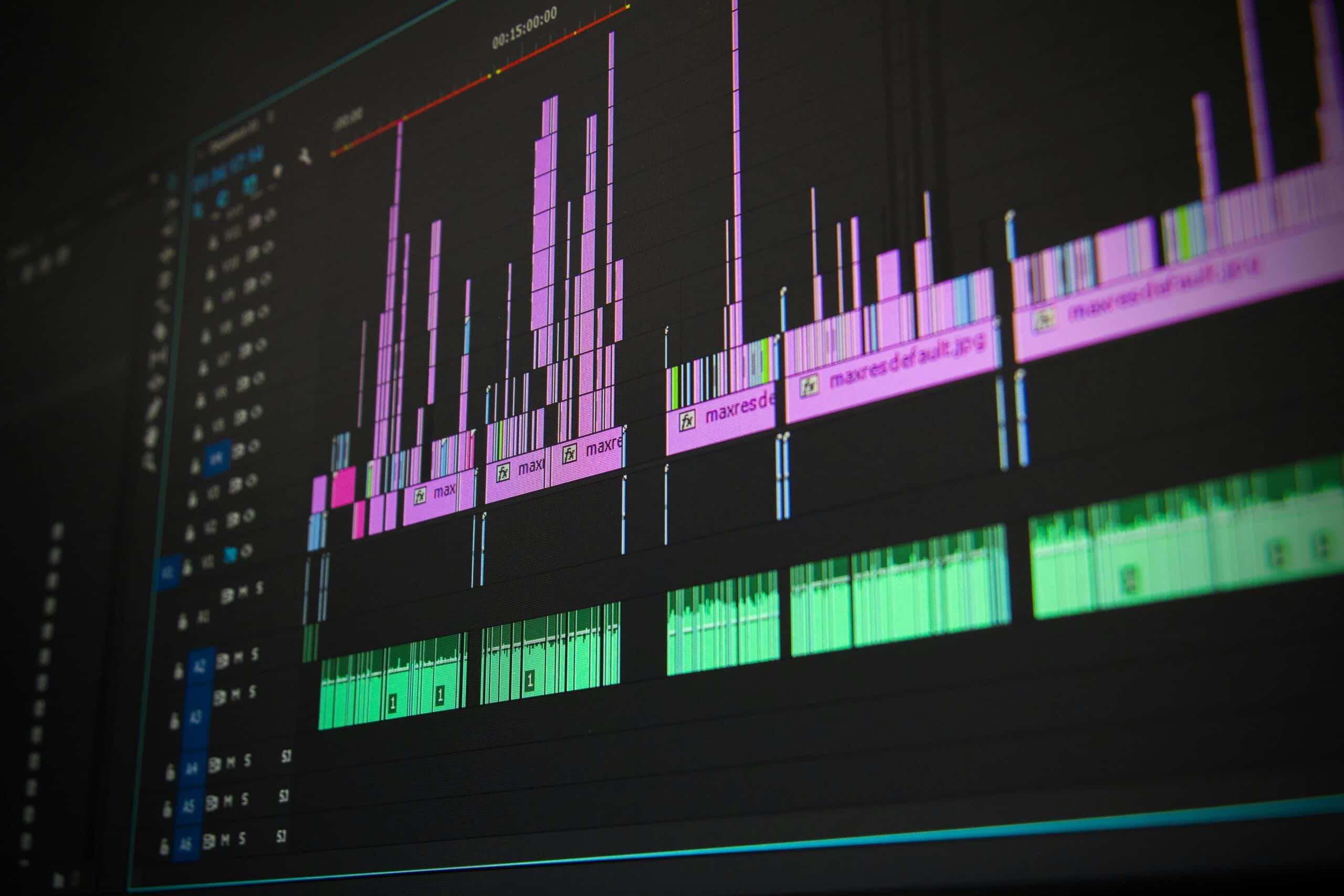
Sound: Engineering a Concert Grade 1
Educator
Curriculum
Elementary School
1st
Science
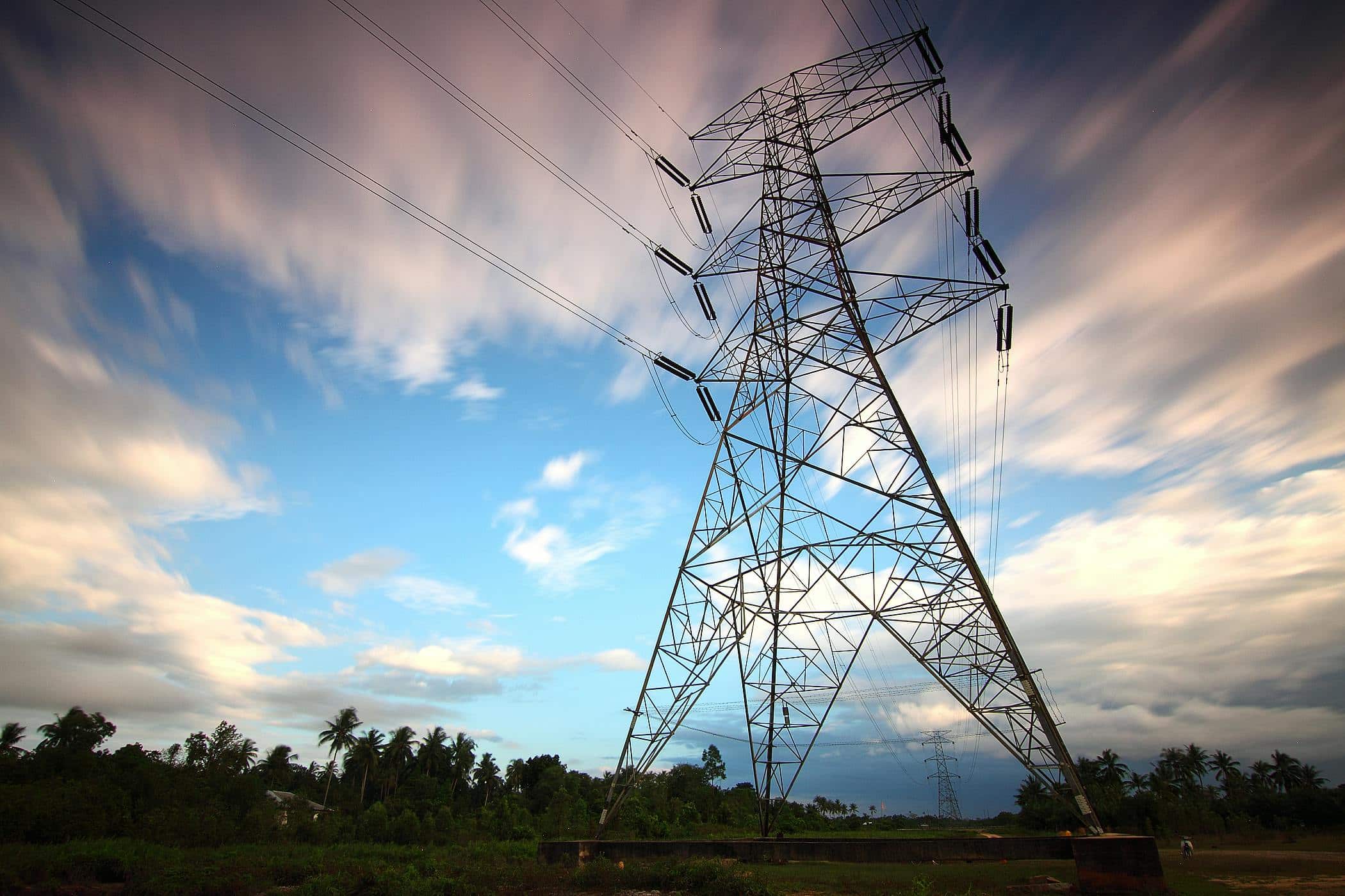
Electricity: The Shocking Truth Grade 4
Educator
Curriculum
Elementary School
4th
Science
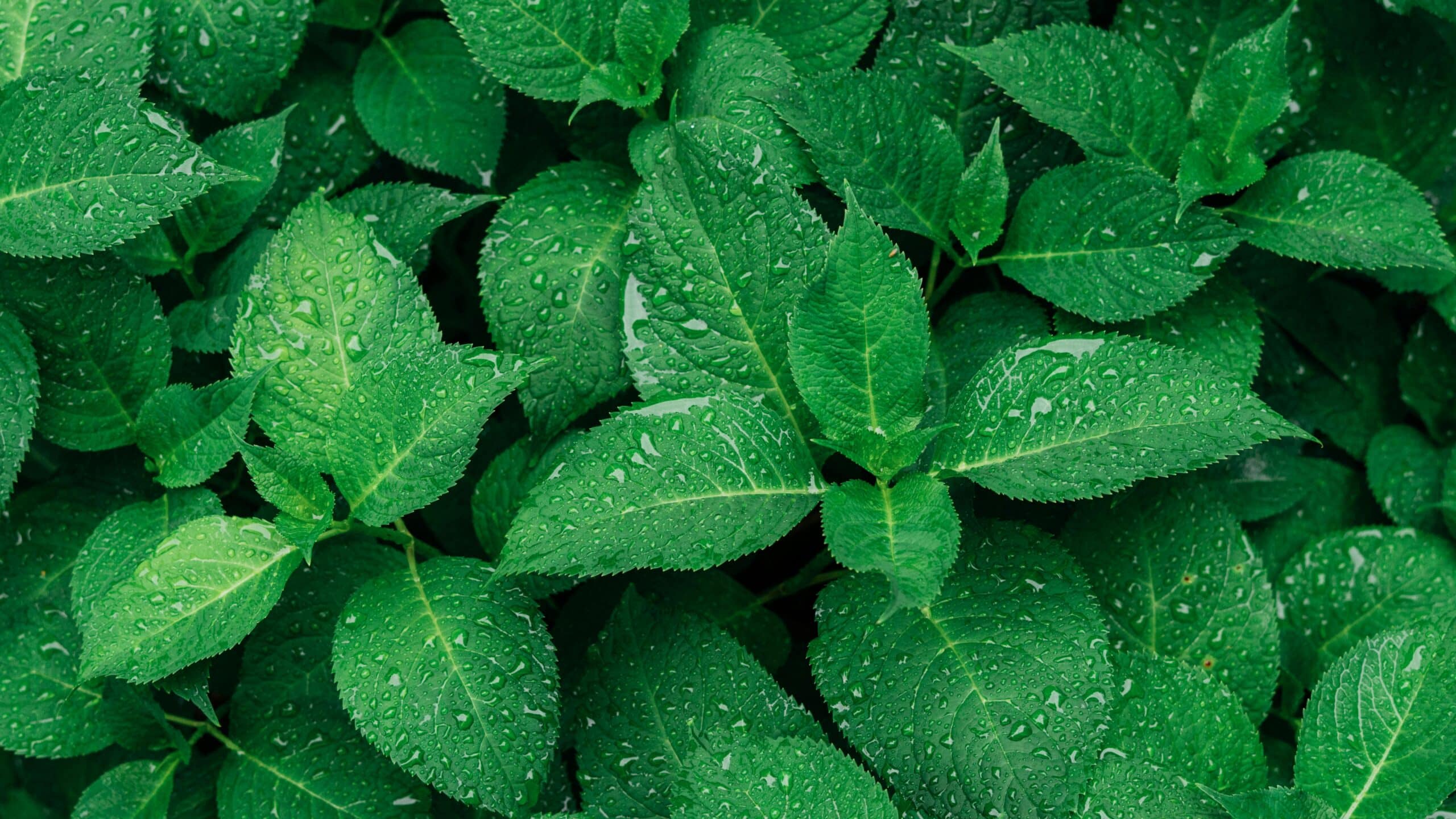
Unbe-leaf-able Organisms: Plant and Animal Needs Grade K
Educator
Curriculum
Elementary School
K
Science
NEWSLETTER
"*" indicates required fields
